Scotland County Raceway 2002 Late Model Rules
Updated March 18, 2002
1.ROLL CAGES Any chassis and roll-cage constructed of steel in accordance with "IMCA" or "UDTRA" specifications will be allowed. Main roll cage and driver's door bars should be at least 1.5-inch outside diameter tubing with a minimum wall thickness of .083.
2. SAFETY Helmets are required and must be Snell SA90, SA95 or SA2000 . Helmet must be worn at all times car is on the track and must accompany vehicle at time of inspection. Roll bar padding required in driver compartment. Fire retardant padding recommended. SFI approved full fire suits of a flame retardant nature must be worn by all competitors. Fire retardant neck braces and fire retardant gloves are required, fire retardant shoes highly recommended. Arm restraints or full-size (minimum 16"x20") driver-side window net required (no string-type nets). Window net to be mounted so latch is at top front of window. Five point safety belts, sub belt, shoulder harness required. The shoulder harness must be mounted securely to the roll cage. Belts and harness recommended not to be more than one year old. Aluminum high-back seats only, must be bolted in. Kill switch required within easy reach of driver. Switch must be clearly marked 'OFF' and 'ON'. Must have a minimum of three windshield bars in front of driver. No mirrors will be allowed.
3. ELECTRONICS No transmitting or listening devices in car. No electronic monitoring computer devices capable of storing or transmitting information except tach allowed on cars. No digital gauges allowed on car. No adjustable ignition control boxes allowed. Ignition box can be connected to engine only. Only one ignition box allowed on car. The only changes that can be made with ignition box is rev-limiter settings, and only one high-end setting is allowed. This setting can be changed through one chip only, or an internal setting inside the box. No timing retard controls allowed. No electronic traction control devices allowed.
4. EXHAUST All headers to have collectors.
5. FUEL AND FUEL CELL (A) Gasoline only. No performance enhancing additives or pressurized fuel systems allowed. Fuel must pass both dialectric meter and chemical tests for additives. Fuel sample will be taken from all cars crossing the scales following feature. (B) An approved fuel cell with a maximum capacity of 32 gallons must be mounted between the frame rails as far forward as possible. The bottom of the fuel cell must be mounted no lower than the center section. Fuel cell vents must have check valves. (C) Fuel cells must be encased in an approved container of no less than 18 gauge steel. (D) All cars must have a fuel cell guard that is separate from the fuel cell and be made out of at least 1.5-inch tubing. Fuel cell guard must come to the bottom of the fuel cell. (E) All oil and fuel lines must remain inside body panels, lines cannot be exposed to driver's compartment.
6. BATTERIES All batteries should be mounted between frame rails and ahead of fuel cell.
7. WEIGHT All added weight must be in block form painted white with car number on it. Must be securely fastened with minimum two .5-inch steel bolts, inside body panels, not on rear bumper. Loose objects and/or weights must not be used in driver's compartment. All cars must weigh 2,350 pounds after race with driver if running an IMCA Spec engine. All cars must weigh 2,450 pounds after race with driver if running a 358 cubic inch or smaller engine with a 390 carburetor. All cars must weigh 2,500 pounds after race with driver if running an engine larger than 358 cubic inches with a 390 carburetor. Any car running an aluminum block engine will have to place 75 pounds of their weight in front of the engine plate. This does not effect the total weight of the car.
8. TIRES AND WHEELS (A) Tires - 29.0-by-11-by -15 D.T. McCreary EC2. No softening, conditioning, siping or grooving allowed. 27.5-by-11-by-15 D.T. McCreary EC2 'stagger tire' will be allowed on left rear only. (B) Wheels - Maximum 14-inch wheel may be used. (C) Bead locks - A bead lock may be used on the right side of the car only. The bead lock may be put on the outside only of a maximum 14-inch wheel as long as it doesn't make the wheel over .75-inch wider. (D) Mud plugs must be foam type or bolted behind bead lock rim.
9. CHASSIS (A) Minimum wheelbase of 103 inches - both sides. (B) All cars must be equipped with a tow hook or similar device both front and rear of car. A single protection bar will be allowed outside of nosepiece. No sharp edges allowed. (C) No devices allowed that would enable driver adjustment to alter wheelbase or for weight jacking while car is in competition. (D) All front suspensions must be of A-frame configuration, no straight axles allowed. Rack and pinion steering is allowed. (E) Rear bumper can have no sharp edges. Must be either capped, or bent forward at the ends.
10. BRAKES Brakes - Must be operative and lock up all four wheels during any inspection. No carbon type or titanium brake rotors allowed, must be steel.
11. BODIES – "IMCA" OR "UDTRA" BODIES ALLOWED. (A) Cars must have stock-appearing nose sections mounted in an approved manner. (B) Roof to be rounded in all directions. Roof must be mounted to quarter panel in a stock manner, it cannot mount to the interior. (C) All cars must run a flat, solid rear cover, 12 inch by 36 inch minimum, securely fastened. (D) Cars must be numbered with large legible numbers on both sides and top. Numbers should be contrasting colors from the body and at least 4 inches thick and 20 inches high. Top numbers should be at least 30 inches tall. All cars must have numbers on left headlight area and on rear panel at least 6 inches high and 1.5-inch thick. Sponsor's names must not interfere with car numbers and must be neatly lettered. Recommended that no holographic or reflective numbers be used. (E) Rear spoiler may be a maximum of 8 inches in material-height and a maximum of 72 inches in width. (Spoiler cannot be wider than body.) Spoiler braces may be a maximum of 18 inches, and must be triangular in shape. Spoilers may have brace on back (must be 1 inch or more down from top of spoiler). (F) Cowl panel in front of driver can be no wider than cockpit and no farther back than the steering wheel.
12. TRANSMISSIONS (A) Transmissions must have at least two gears forward and one gear reverse, plus a neutral position. Must be able to put in and out of gear with the car sitting still and engine running. No overdrive transmissions allowed. (B) All manual transmissions must bolt directly to the back of a bellhousing which bolts directly to the engine block. (C) Automatic transmissions must bolt directly to the engine block. A flexplate shield must be used with automatics.
13. DRIVESHAFT AND REAR END (A) May use steel or aluminum driveshaft in a similar design to standard production. All driveshafts must be painted white. (B) All cars must have a circular drive shaft safety hoop made of at least .25-inch by 2-inch steel strap, or 1-inch tubing, mounted six inches back from front U-joint. (C) Quick change center sections are legal. No open tube rear ends allowed. No cambered rear ends permitted. (D) Rear end coolers may be used, however cannot be mounted in drivers compartment.
14. Cars running a "SPEC ENGINE" must follow the following: (A) Maximum 360 cubic inch displacement, 364 Chrysler. Minimum four-inch bore. Minimum stroke - 3.480, GM and Ford; 3.313, Chrysler. Crankshafts to have minimum main journal sizes of: 2.410 GM; 2.210 Ford; 2.460 Chrysler. (B) Maximum compression ratio allowed ö 10.5 to 1. No gas ported pistons allowed. (C) Only approved aluminum cylinder heads to be used. No grinding or polishing of any kind allowed anywhere on castings. No use of any substance that may change or alter the shape or size of the ports, runners or combustion chambers. A 2.08 intake and 1.600 exhaust to be maximum valve sizes allowed for all heads. Valve seats and guides to remain as manufactured and in their cast positions. Minimum combustion chamber size to be 62 cc volume.Valve angle to remain as manufactured. No titanium valves allowed. Approved cylinder heads as follows: > General Motors (i.e. small block Chevrolet) - Brodix # 46 221 > Ford Motor Company (i.e. small block Windsor) Brodix #46 223 > Chrysler Corporation - Mopar - Brodix #46 222 (D) No modification to intake manifolds allowed, must be used as produced by manufacturer. List of approved intakes as follows: > General Motors - Brodix # HV1009 46 - No carburetor spacers allowed. Only one gasket allowed - maximum .100-inch thickness. > Ford Motor Company -Edelbrock #2981 or 2980 (351) or #2921 (302) - Moroso spacer part #64940 allowed. Maximum .100-inch thickness gaskets. No carburetor spacer allowed on 302 cubic inch, 8.700 deck block. > Chrysler Corporation- Edelbrock #2915 - Moroso spacer part #64940 allowed. Maximum .100-inch thickness gaskets . (E) Camshafts may be of roller, flat tappet or mushroom design. No roller bearing cam bearings allowed. (F) You may run one, Holley type 4 barrel carburetor of any size. No Dominator or Preditor Carburetors. (G) No aluminum blocks allowed, crankshafts and connecting rods must be steel. A one inch inspection hole is required in pan. Engines limited to two valves per cylinder. (H) Engine location measured from centerline of upper ball joints to center of number one spark plug hole. Maximum setback is eight inches. (I) No carburetor air dams or devices allowed to increase air flow to carburetor, outside of air cleaner. No cold air boxes allowed. No air cleaner duct work allowed. No electric fuel pumps, only mechanical fuel pumps allowed. No fuel cooling devices allowed. (J) Starters Must be in working order. All cars must start under their own power.
15. CARS NOT RUNNING "SPEC ENGINES An aluminum headed non-spec engine that is 358cubic inches or smaller must run a Holley 390cfm carburetor and must weigh at least 2450# race is complete. An aluminum headed non-spec engine that is larger than 358cubic inches must run a Holley 390cfm carburetor and must weigh at least 2500# race is complete. A steel headed engine with a flat tappet cam shaft may run one, Holley type 4 barrel carburetor of any size. Steel heads must be of stock 23 degree angle and must not be ported or polished beyond a ½" area used to match ports with intake or exhaust manifolds. No Vortex heads. GM OEM, GM Boetie, or Dart II heads only.
MISC: Any car running an aluminum block engine must put 75# of the cars total weight in front of the engine Plate. A one-inch spacer plate with one thin gasket (MAX. .100 inch thickness) on each side may be used to adapt carburetor to engines. We will run a draw/re-draw show every night. We will still have the same point structure as before but will not use this system to invert cars by average for line up purposes. A Champion will be awarded but the money will be put into the purse weekly not paid out at the end of the year. A $10 entry fee will be collected for every late model entering the gate each night. $50 of that money will go on the top of the purse. The winner of that night’s feature will draw a spoon on the front stretch. There will be as many spoons in the jar as cars starting the feature (including the number 1). The number that is drawn will award the driver that finished in that position a $100 bonus for the night. There will be no annual registration fees for Late Models.
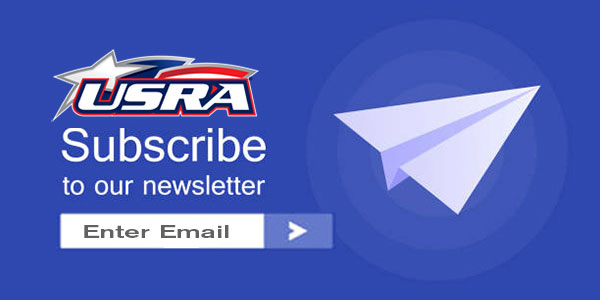
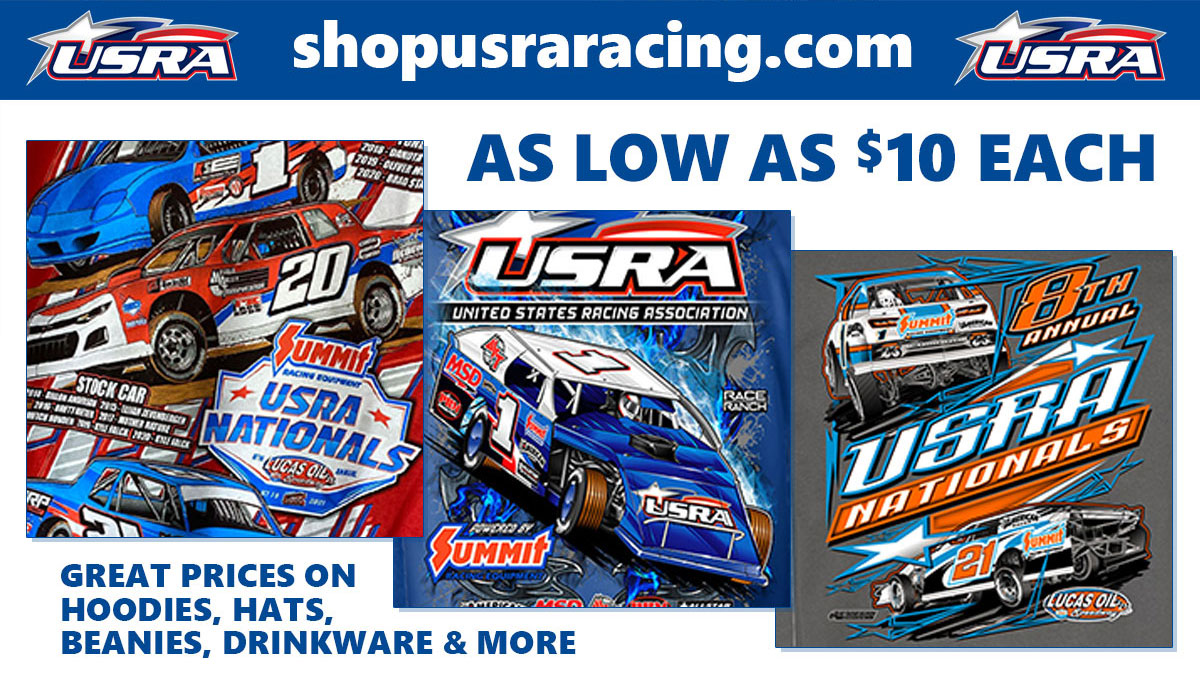
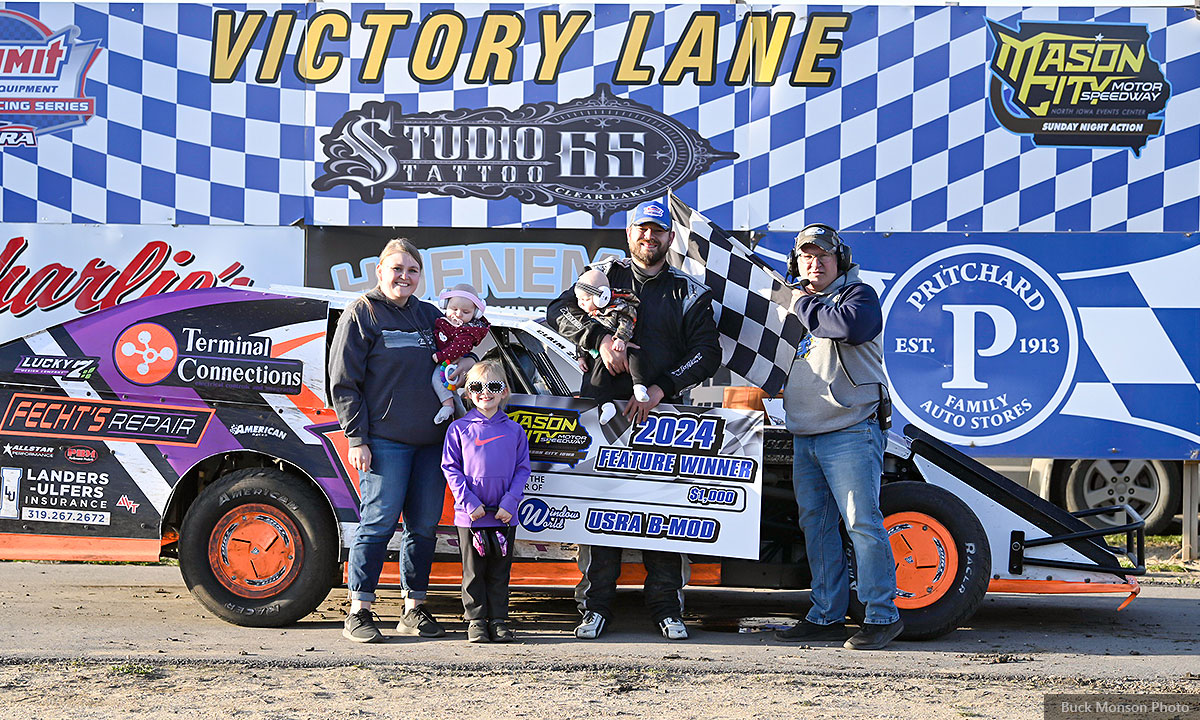
.jpg)
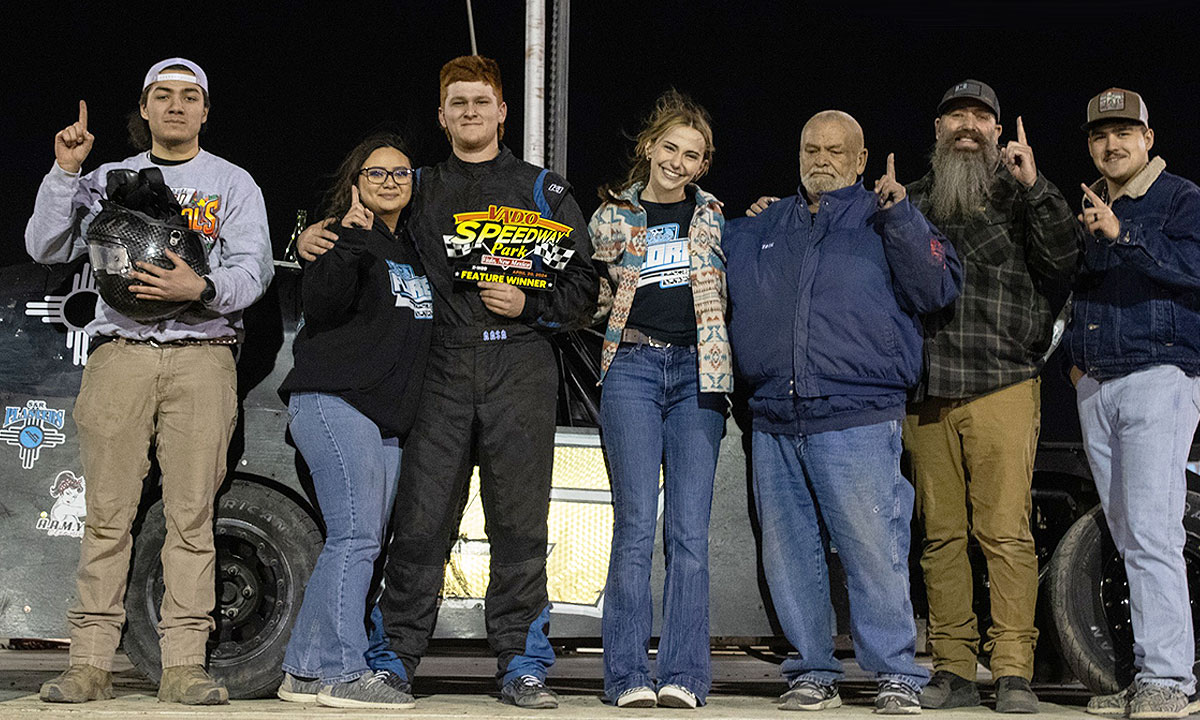
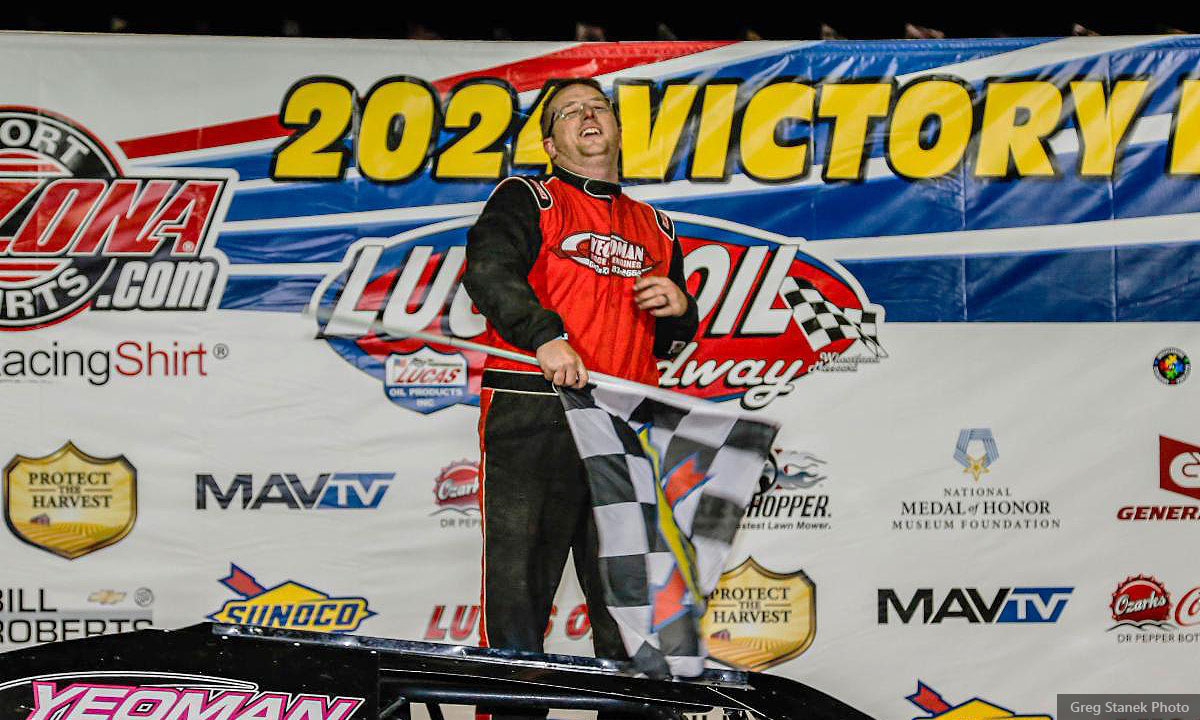
.jpg)
.jpg)
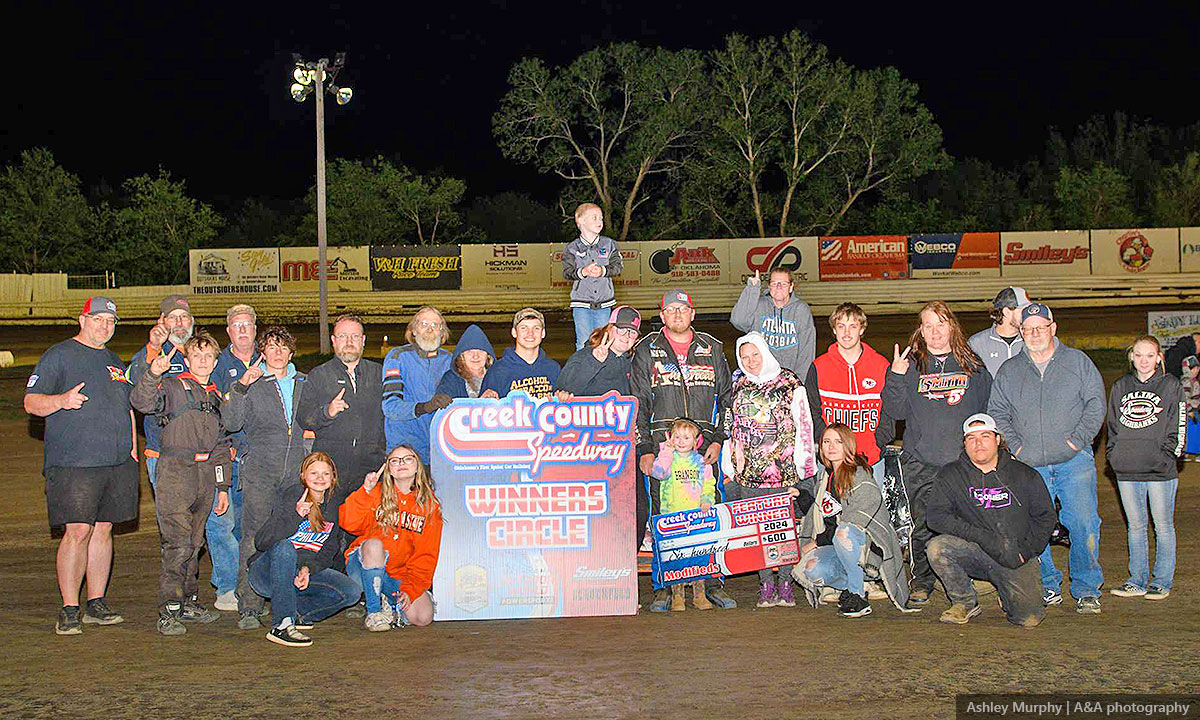
.jpg)
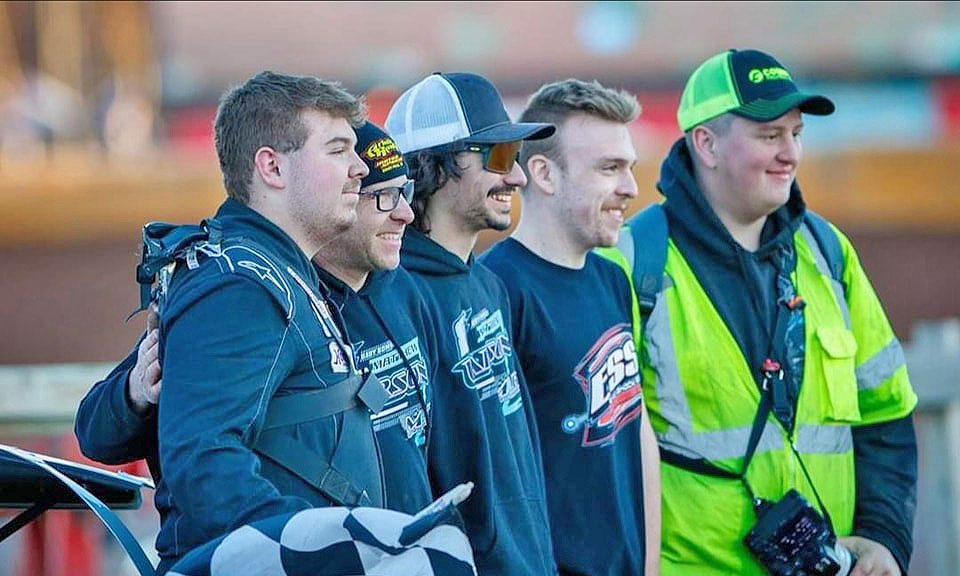

.jpg)